Ever since I sold off my Pentax 645, I honestly thought I would not want another 645 camera; I mean, I had my Hasselblad. But there is some draw to the 645 formats; you don’t want a square, but that nice rectangle. And with my Hasselblad acting up, I wanted something similar but in 645. In other words, I wanted a system camera that could be customisable. One day I was sitting in the Higher Grounds coffee shop in Belfountain, having shot some 4×5, and an older man came over. We started talking as he recognised the Crown Graphic. He promptly offered his Mamiya m645 with a lens, prism, and grip. Not a bad deal. Sadly the lens no longer worked (later on), nor did the meter in the prism. But it was a start; more lenses and a waist-level finder came shortly after to form a stocked kit. These cameras were the workhorse of many wedding photographers in the era when both medium format film and SLRs were king at weddings. And many former professionals used these beasts. Personally, the m645 has become a near-constant companion on projects, travels, and photo walks. It has never failed to produce excellent results.
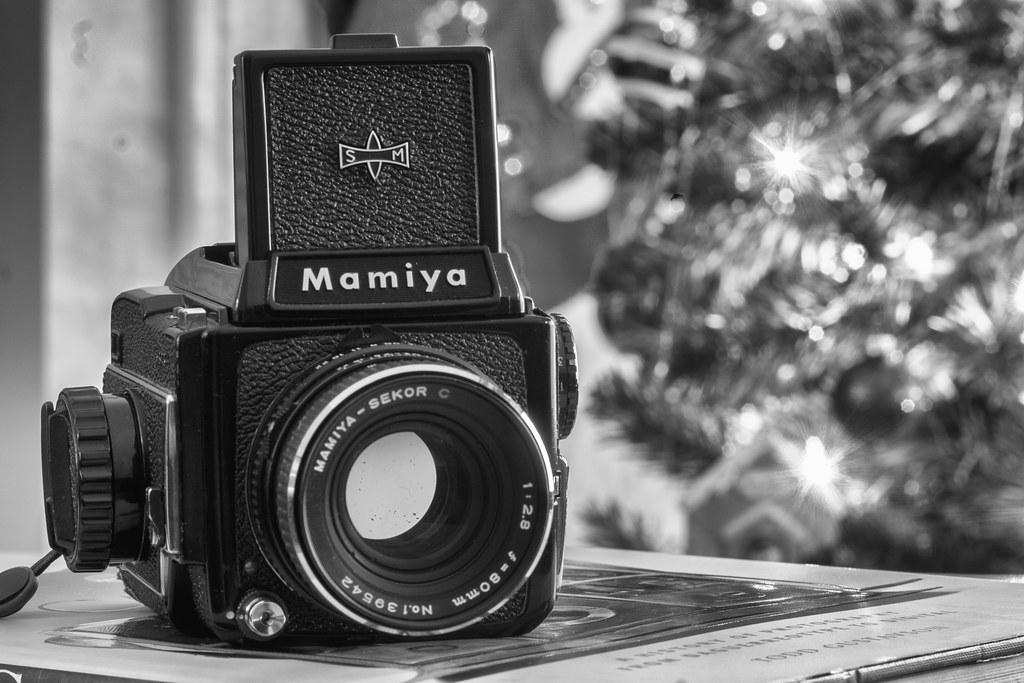
Camera Specifications
Make: Mamiya
Model: m645
Type: Single Lens Reflex
Format: Medium Format (120/220), 6×4.5
Lens: Interchangeable, Mamiya m645 Mount
Shutter: Electromagnetic Cloth Focal Plane Shutter, 8″ – 1/500″ + Bulb
Year of Manufacture: 1975-87
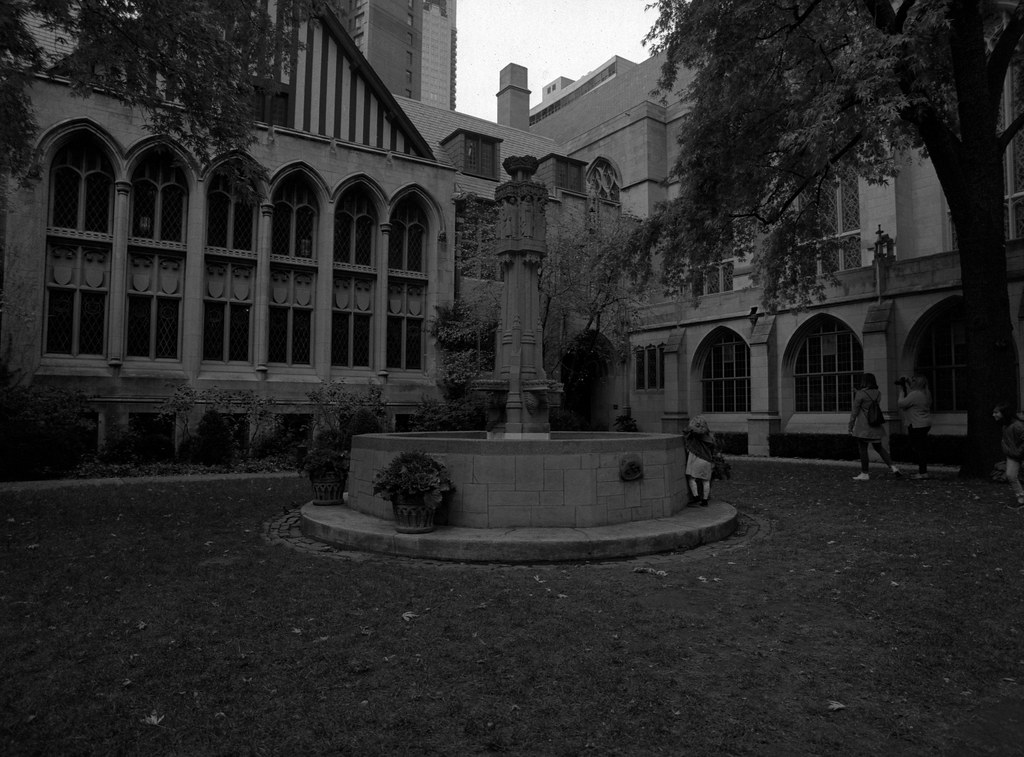
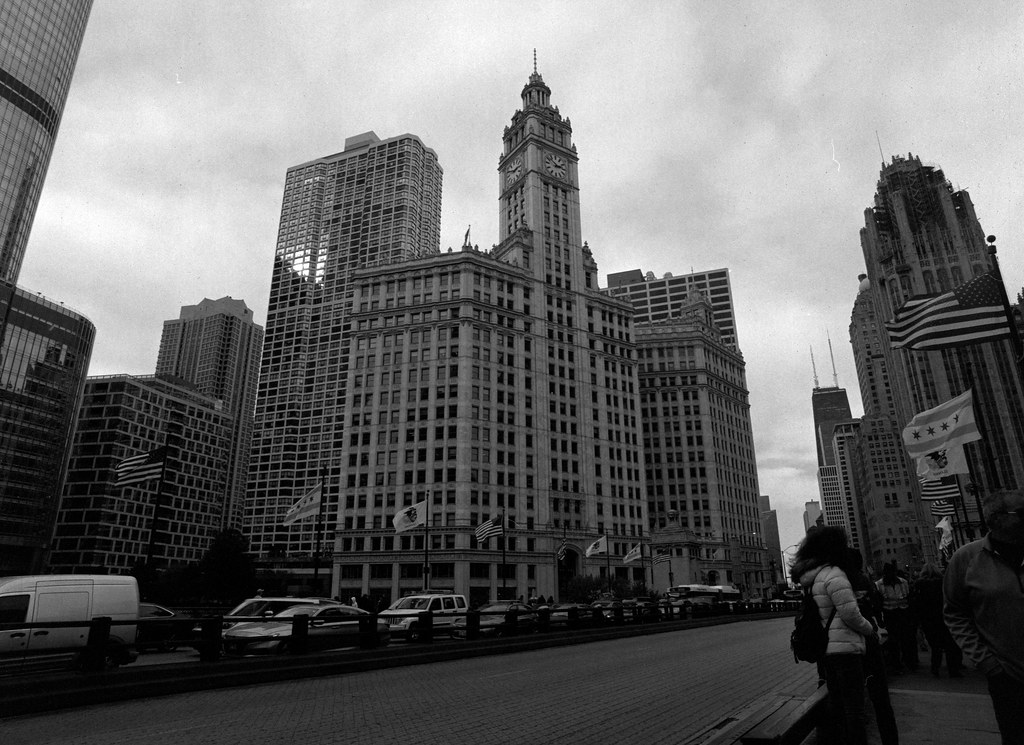


Background
As a company, Mamiya is among the younger optical producers in Japan. Formed in 1940 by inventor Mamyia Seiichi and investor Sugawara Tsunejiō, the small company produced a moderately successful 120 folder, the Mamiya Six. The war and occupation of the Japanese Empire resulted in all industrial companies ceasing production or being nationalised to produce equipment for the war effort. Mamiya would be the first camera manufacturer to resume production under the occupation in October 1945, and by January the next year, production of the Mamiya Six resumed at full pace. The Six would be updated several times throughout its production but wouldn’t be the sole product. Three cameras were added to the production lineup in 1948, a TLR, the Mamiyaflex, a fixed lens 35mm rangefinder, the Mamiya 35, and a sub-miniature, the Mamiya-16. As the middle of the century resulted in a crowded optical market in Japan, Mamiya released two new cameras, the failed Magazine 35, a 35mm fixed lens rangefinder with interchangeable film backs, and the highly successful Mamiyaflex C, a TLR with interchangeable lenses. In response the rise of the SLR in 1959 with the Nikon F, Mamiya released the Prismat in 1960. But Mamiya released that they would have difficulty competing with the large companies in the 35mm market. Mamiya would focus their energies on a high-end medium-format market in Japan and take Nikon’s success in the system camera. These efforts would not be in vain, the first release was the 1970 Mamiya RB67, and in 1975 the Mamiya m645. With the base body, Mamiya released a series of lenses, multiple finders (including metered and semi-automatic exposure prisms), grips, and a motor drive. A year after the initial release, the m645 1000s came out, which upped the top shutter speed from 1/500″ to 1/1000″. A stripped-down version of the original m645 came out in 1979; the m645J lacked the second shutter release, a mirror lockup. The m645J ceased production in 1982. By this point, the second general started production in 1985, the Mamiya 645 Super; it used the same lens mount and could accept all the original lenses. Still, Mamiya released a newer “N” lens simultaneously. The 645 Super also replaced the need for non-interchangeable inserts with proper magazines that allowed mid-roll changes. The 645 Super used a plastic body and a little more reliance on electronics in the inner workings. The m645 ceased production in 1987, and the 1000s in 1990. But the Second Generation units kept moving; in 1993, the 645 Pro followed up on the Super, and in 1997 the Pro TL added TTL metering standard. In 1999 Mamiya released the first Autofocus unit, the 645 AF, which remains in production today, though it has seen several changes over the years and even supports a digital back.




Impressions
It seemed that I almost instantly bonded with the m645; it makes for such a unique compact medium format camera that can be carried with you everywhere. Of course, you don’t have to keep it small. Having shot with several of these system based medium format cameras switching to the m645 is a breeze, but the m645 has something that many don’t a second shutter release. One at the front of the camera next to the lens mount and a second next to the finder. Of course, this release is only handy when you’re shooting with the waist-level finder. Mamiya certainly put together a fine machine, well laid out and well balanced and infinitely customisable. If you want something compact, an 80mm f/2.8 and waist-level finder will fit in even a tiny camera bag. While if you want a tripod friendly unit or want a meter (either prism or external like the Revinilabs unit), you can put on a prism and even a motor drive or the L-Grip to make it eye-level if you’re more comfortable with that. The rest of the controls are well laid out, easy to thumb shutter speed dial, the WLF is super bright, although the prisms are a bit dimmer than I’d like.
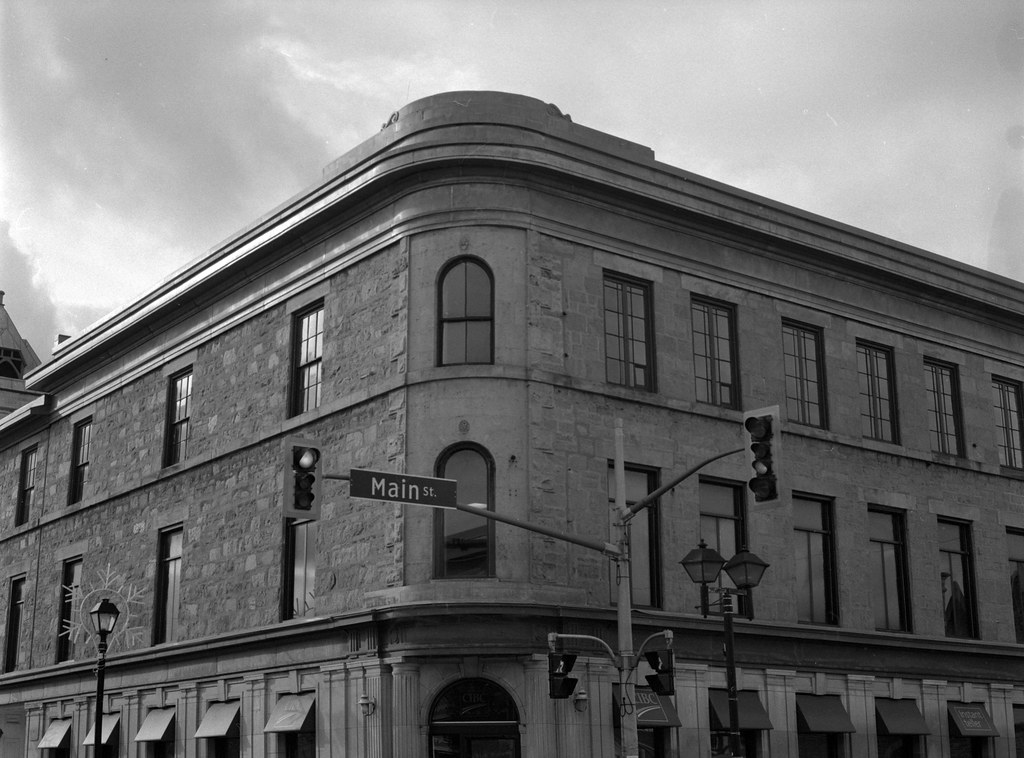
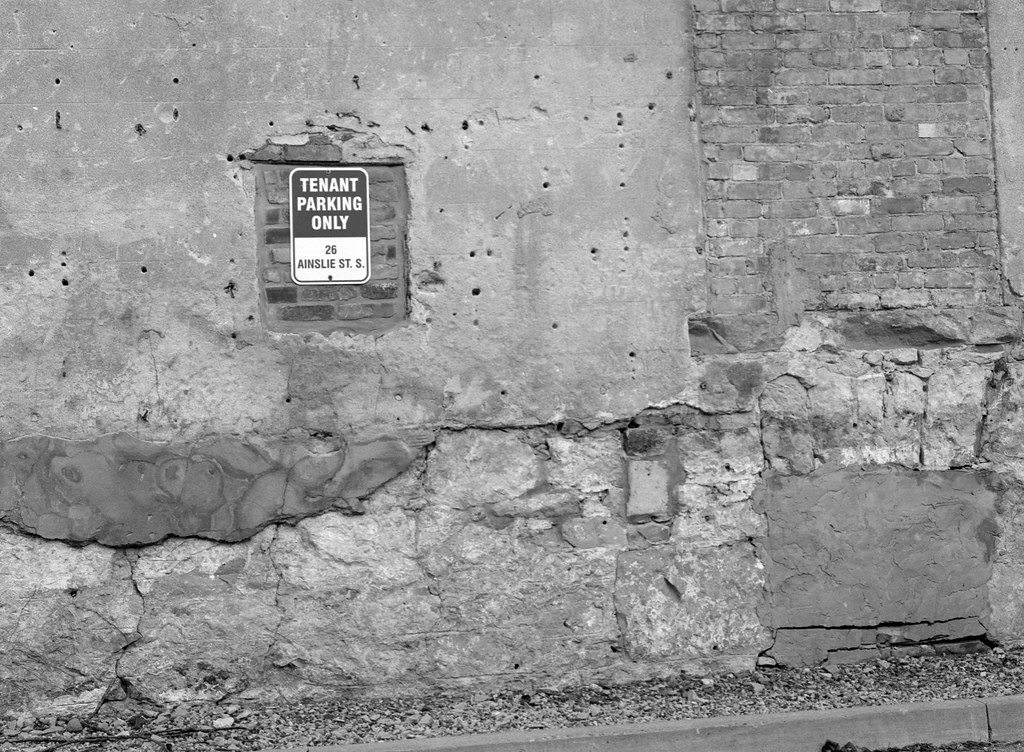


Experiences
If you’re worked with similar cameras before, a Hasselblad, Bronica, or other, then getting into the m645 is easy. As I mentioned earlier, you can adapt the camera to suit whatever you need it to do. If you’re looking for a rugged performance medium format camera that can be carried with little trouble even in a carry on bag (if you want to fly), then m645 is a good choice. Loading the film into the camera is backwards from what you’re used to in a TLR but the same as your standard Hasselblad magazine. Unfortunately, the m645 uses inserts rather than magazines, so it is impossible to swap out the film mid-roll. The camera itself is a joy to use in the field, either with a Waist-Level or Eye-Level finder attached. I prefer a WLF over an ELF for merely having that brighter viewfinder, plus having that top-mounted shutter release. Of course, these days, the WLF is hard to find on the used market; I am lucky to have one given as a gift from my good friend John Meadows after he ditched his m645J. With an ELF, the camera gets a bit unwieldy to use; you want to have an L-Grip to help with balance. The trade-off is that your ELF will be dimmer, but you can get ones with a CdS meter or one that does some level of AE. Sadly ELF the meter no longer works, but an external meter or a shoe-mounted unit (like the ReviniLabs LM-1) will fit the bill. Of course, with the WLF, you lose that shoe, so it will be harder to use a camera mounted meter. And frankly, you don’t need an auto-winder; the advance is plenty quick even in the field. There are two minor points; the first is that the lens mount is a tiny hard to use button; you have to use the tip of your finder to release the lock. The second is that often the counter will not fully reset when you remove the film insert. But you can manually reset to “S” by a gear inside the camera.
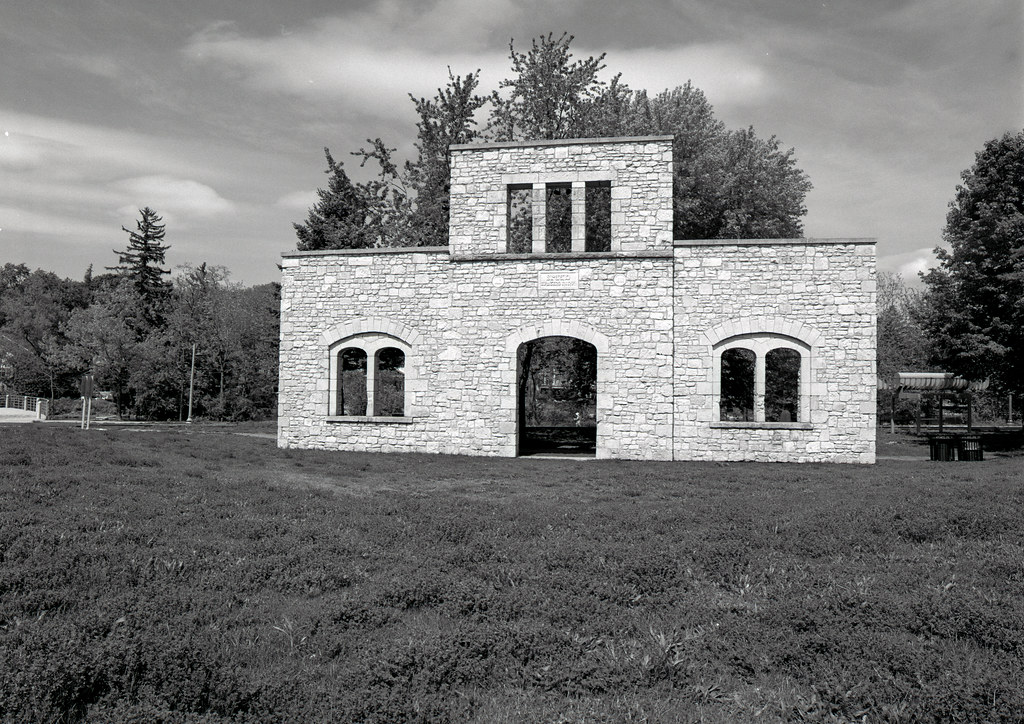

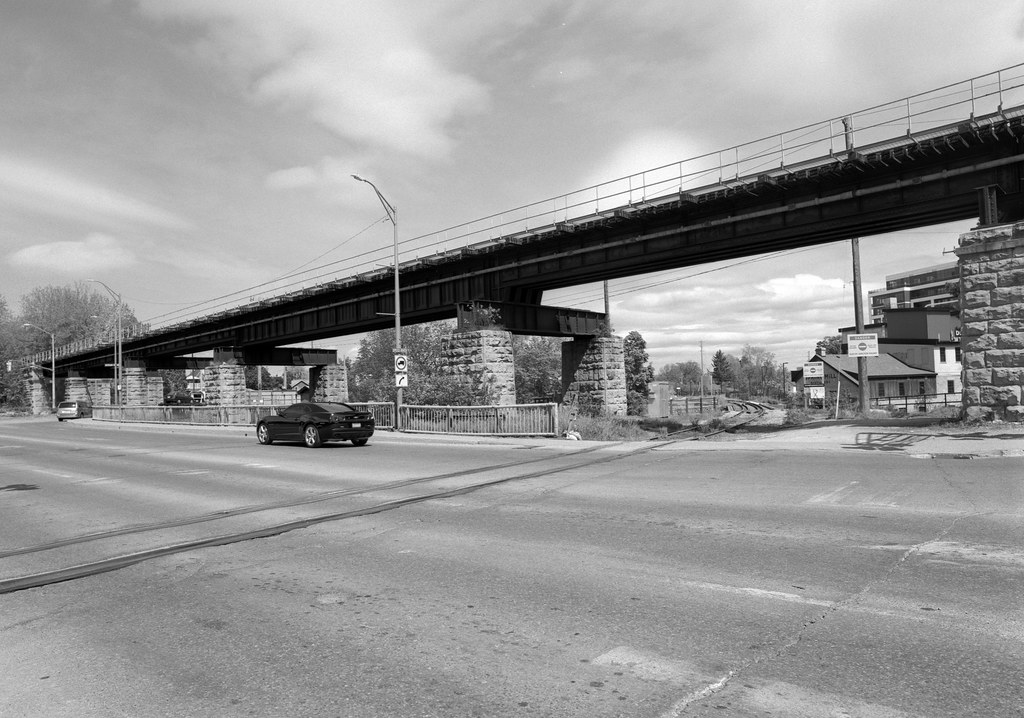
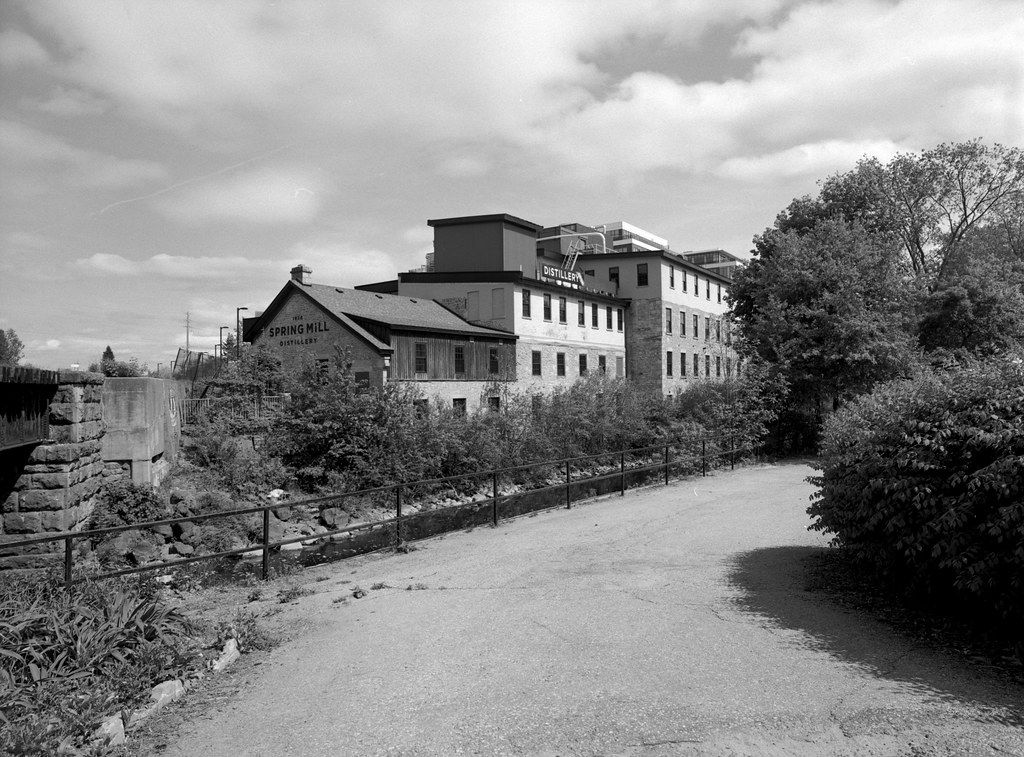
Optics
Now the optics is where many feel the m645 is lacking, but I beg to differ. There is a wide range of lenses available for the camera. The earlier C-Type lenses work OK but are getting on in years. The 80/2.8 does have a problem with the spring that helps stop the lens down; the first copy of this lens that I owned had this trouble. You should keep the lens switch in “A” mode to help prevent the problem from happening. I do recommend looking for newer or N-Type lenses. Some good choices are the 80/2.8 N, 45/2.8 N, and 150/3.5 N to fill out a three-lens kit. If you’re a wide-angle junkie, the 35/3.5 N is a fantastic choice. Many call the holy grail of lenses for the 645 system; the 80mm f/1.9 is both highly sought after and expensive. But it also suffers from haze on the glass elements. Anything other than the 80/1.9 can be had for a fair price, especially the 80/2.8 and the 150/3.5 (don’t go for the f/4 model). And while they might be more contrasty than what you’re used to, there’s nothing wrong with these optics.
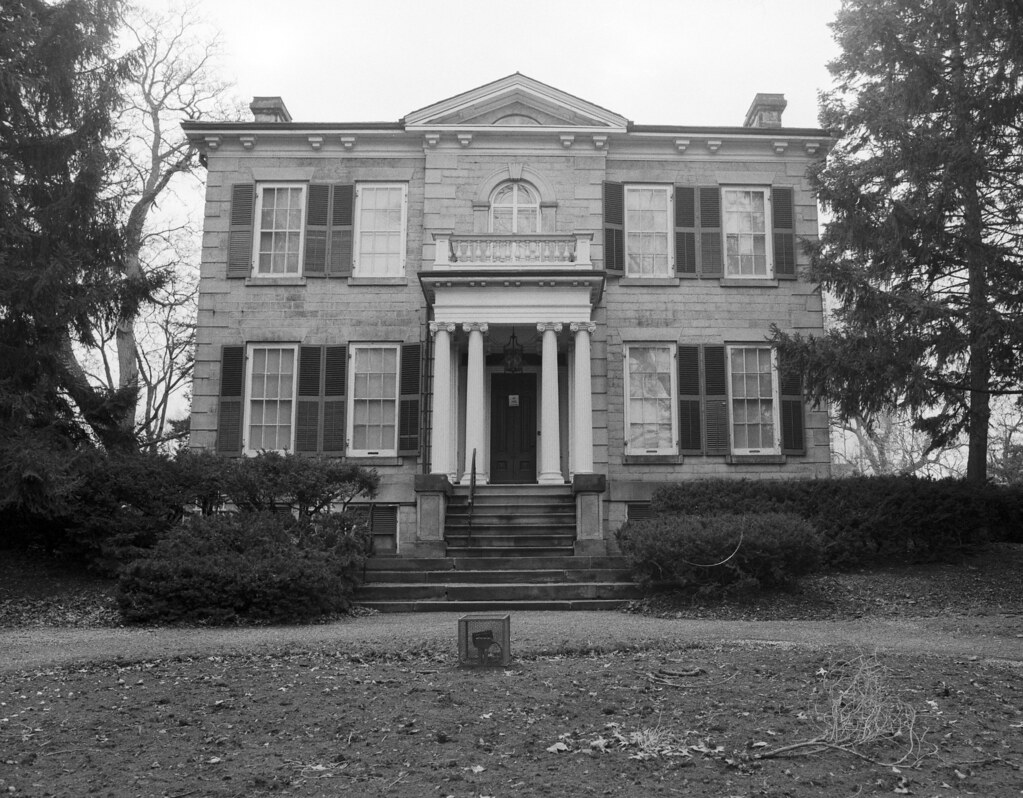
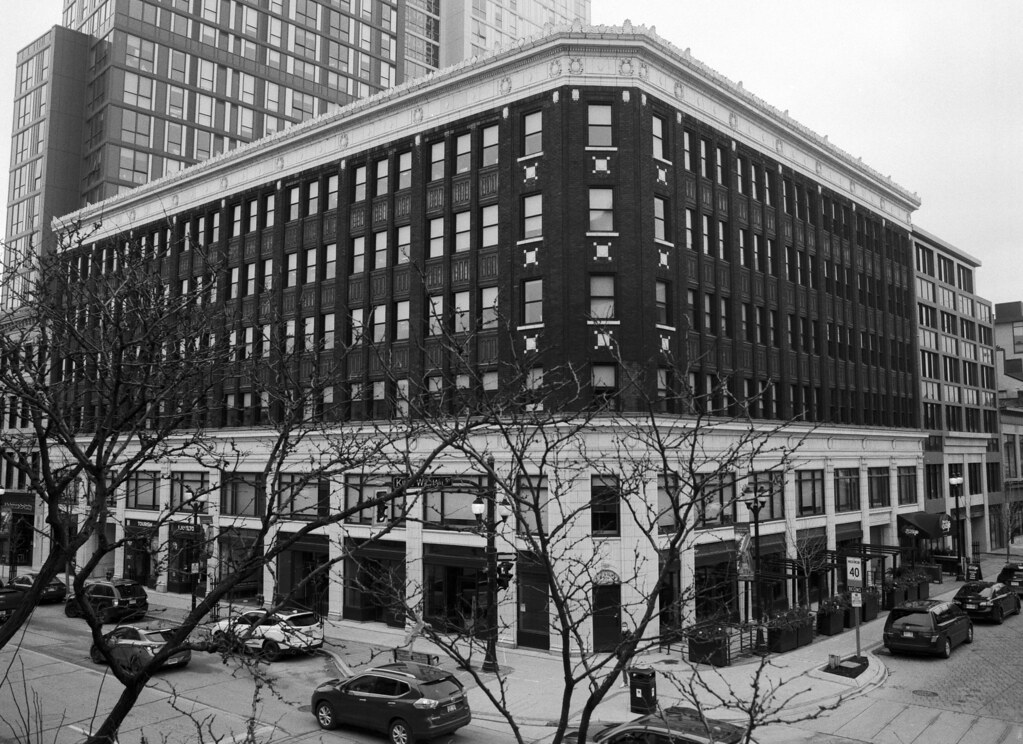
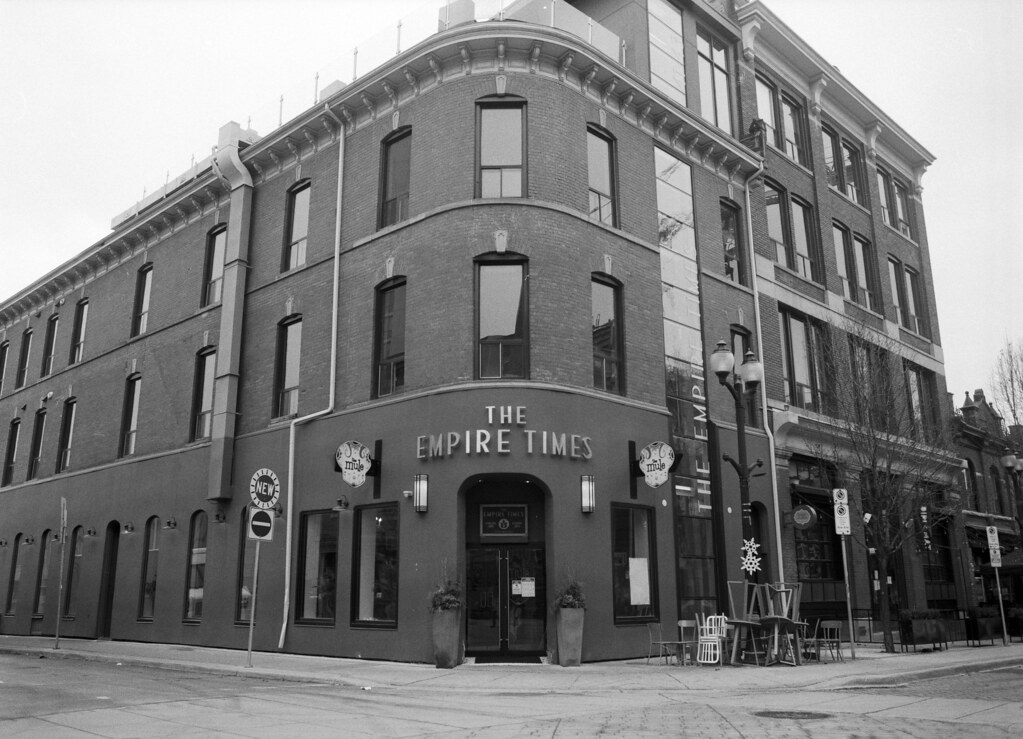

The Lowdown
The m645 is a polarising camera among photographers; some love them, and some hate them. You’ll find both in many photography groups on Facebook. Because if a person is looking for an inexpensive way to get into Medium Format, many out there will roll out the parade for the m645 and immediately get flamed by those who dislike the format. I am neither of these, taking a firm middle-of-the-road grasp instead on the camera. If you have a chance to get an m645 to go for it, but be warned, like that old Police Interceptor Crown Victoria, the camera, like the car, probably saw heavy using in a previous life. I would not blindly purchase the camera through eBay; you certainly want to have it looked over first and ensure it works mainly the lens. I have a good recommendation for the m645; it is a solid, inexpensive, decent quality camera to explore the world of medium format; just be a little cautious and make sure there are no significant issues before you pay. Special thanks to Mike Eckman for writing an excellent review with a concise history of Mamiya leading up to the m645, which helped update this review.
Further Reading
Don’t just take my word on the m645, you can check out the reviews by other awesome camera reviewers!
Emulsive – Mamiya m645 1000s Review
Mike Eckman Dot Com – Mamiya m645 Review
Casual Photophile – Shooting Coastal Maine with the Mamiya m645 and Kodak Film
Numericana.com – Mamiya m645 Review